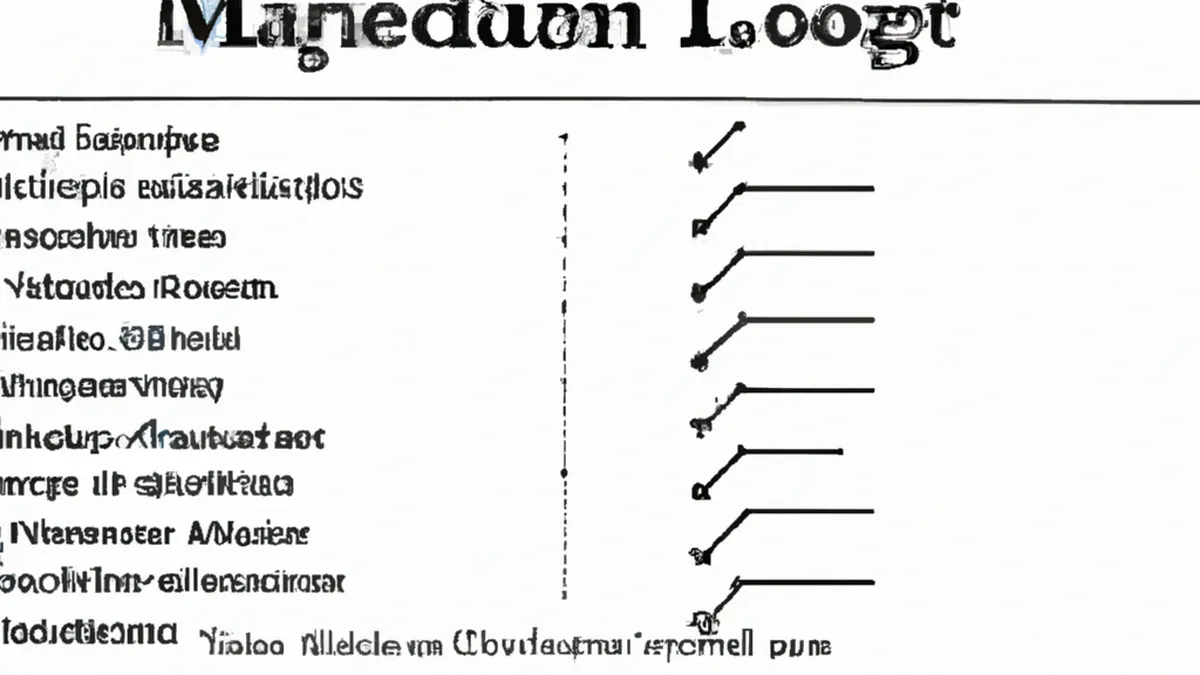Prioritize Safety in Youth Athletic Training
How to Create a Load Management Plan for High School Athletes
High school athletes face challenges in academics, sports, and personal lives. Intense and competitive sports can cause physical and mental strain. Therefore, load management becomes vital for success and well-being. A strong load management plan optimizes performance and reduces injury risk. This blog will guide you in creating an effective load management plan for high school athletes.
Understanding Load Management
Load management means systematically monitoring and adjusting the physical demands on athletes. It includes factors like training intensity, volume, frequency, and recovery strategies. High school athletes often have busy schedules and may push their limits without realizing the risks. Understanding load management helps maintain health and improve performance.
Why Load Management Matters
Load management’s importance boils down to three key points:
1. **Injury Prevention:** Young athletes still develop physically. Overtraining can cause serious injuries like stress fractures and muscle strains. A solid load management plan reduces these risks by ensuring appropriate training loads for each athlete’s age and condition.
2. **Performance Improvement:** A balanced training plan enables athletes to excel during competitions. Optimizing training loads helps athletes build strength and endurance without burnout.
3. **Long-Term Athletic Development:** Effective load management fosters long-term athletic growth. It builds a foundation for future success, helping athletes progress steadily throughout high school and beyond. Instilling good habits early aids athletes in maintaining performance levels.
Steps to Create a Load Management Plan
Creating a load management plan involves several key steps. Each step ensures a comprehensive approach to training loads.
1. Assess Current Training Loads
Start developing a load management plan by assessing athletes’ current training loads. Gather data on weekly training sessions, including intensity, duration, and frequency. Use wearables or apps to track this information. Understanding each athlete’s baseline allows you to make tailored adjustments.
2. Set Realistic Goals
After assessing training loads, set realistic goals for each athlete. Consider their individual strengths, needs, and areas for improvement. Discuss both short-term and long-term objectives. For instance, if an athlete wants to improve sprinting speed, include sprint-specific drills in their training plan. Ensure goals are specific, measurable, achievable, relevant, and time-bound (SMART). This clarity keeps athletes motivated and provides a clear roadmap.
Conclusion
In summary, a well-structured load management plan enhances performance, prevents injuries, and supports long-term development for high school athletes.
Below are related products based on this post:
FAQ
What is load management and why is it important for high school athletes?
Load management refers to the systematic monitoring and adjustment of the physical demands placed on athletes. It is essential for high school athletes as it helps prevent injuries, improves performance, and supports their long-term athletic development. By managing training intensity, volume, and recovery, athletes can optimize their health and performance while minimizing the risks associated with overtraining.
How can I assess the current training loads of high school athletes?
To assess current training loads, gather data on weekly training sessions, including factors such as intensity, duration, and frequency. Using wearables or fitness tracking apps can help track this information effectively. Understanding each athlete’s baseline training load allows for tailored adjustments to their training plans.
What are some tips for setting realistic goals in a load management plan?
When setting goals for a load management plan, consider the individual strengths and needs of each athlete. Goals should be specific, measurable, achievable, relevant, and time-bound (SMART). Discuss both short-term and long-term objectives with the athletes to maintain motivation and provide a clear roadmap for their development, such as incorporating specific drills to improve desired skills.















Post Comment